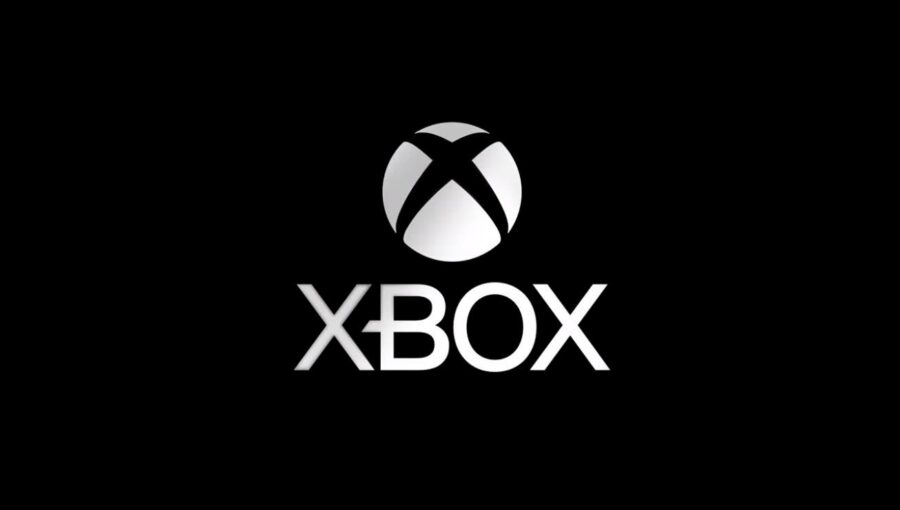Xbox Series X And S Are Getting a Necessary Update
Xbox is releasing a new update that should excite many fans. These new hardware updates are going to impact the Xbox Series X and S in a great way.
This article is more than 2 years old

Upon releasing a gaming console within a single generation, console manufacturers rely on hardware and software revisions and updates to prolong their respective consoles’ life span and presence on the market. For example, Sony’s PlayStation 3 had three different iterations, as did its contemporary competitor Xbox 360. PlayStation 5 started shipping out with revised hardware in August 2021, while Microsoft considers Xbox Series X/S so perfect that the console doesn’t require a hardware update — at least not yet. But it does issue much-needed software updates.
According to IGN, Microsoft issued an update that significantly affects the boot time of its Xbox Series X/S consoles, reducing the bootup time by four-five seconds. Participants of the Xbox Insider Program noticed a faster bootup time recently, which was subsequently confirmed by Microsoft in a statement saying that the company created five seconds shorter bootup animation. This has, in turn, cut down the overall startup time to approximately 4 seconds.
This allows Xbox Series X/S users to access their games five seconds sooner than with the original animation. However, the console owners will only benefit from quicker bootup times if their consoles are set to Energy Saver mode instead of Standby mode — the former turns off the console’s hardware, while the latter just puts the console on standby, similar to PC’s hibernation mode. Energy Saver also means that you can’t power up the console and immediately start playing, as it needs about 20 seconds to perform self-checks and initiate its Windows 10-based operating system.
The introduction of the new startup animation cuts down the powerup sequence from 20 to 15 seconds overall, allowing gamers to access games faster while still saving on the electricity bill. This further makes the Energy Saver mode more appealing to consumers, especially after Microsoft made it the default option for the new Xbox consoles earlier this year, alongside added support for background software update downloads.
It’s worth pointing out that putting the console in Standby mode allows gamers to entirely skip the animation screen at the cost of a higher energy bill, and it’s probably marginally healthier for the console’s hardware. Modern electronics aren’t really designed to switch off entirely; in most cases, consumer electronics remain in sleep mode after being “turned off” unless their power switch physically cuts the power. This allows for faster boot times but prevents you from physically moving the system unless you boot up your Xbox Series X/S console and choose to shut it down entirely.
Microsoft did something similar with recent iterations of Windows, most notable 10 and 11, in which shutting down the system actually puts it in a “deep sleep” state, in which the hardware is actually devoid of power, but paging files remain on the memory drives, allowing for faster bootups. This can result in hard drive congestions, especially on systems with low storage space — luckily, it’s solvable with a simple system restart. It’s a bit different with Xbox Series X/S, as it still draws a great deal of power while in Standby mode. Luckily, it uses SSD drives, which are much more resilient to power loss than traditional HDD drives.












